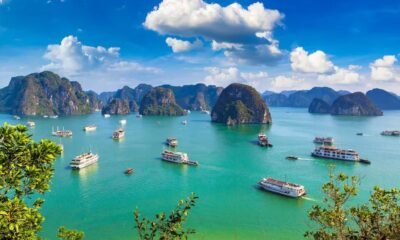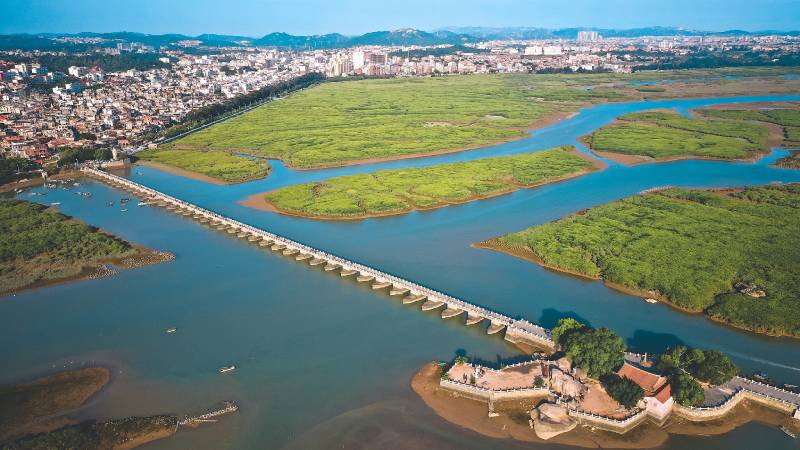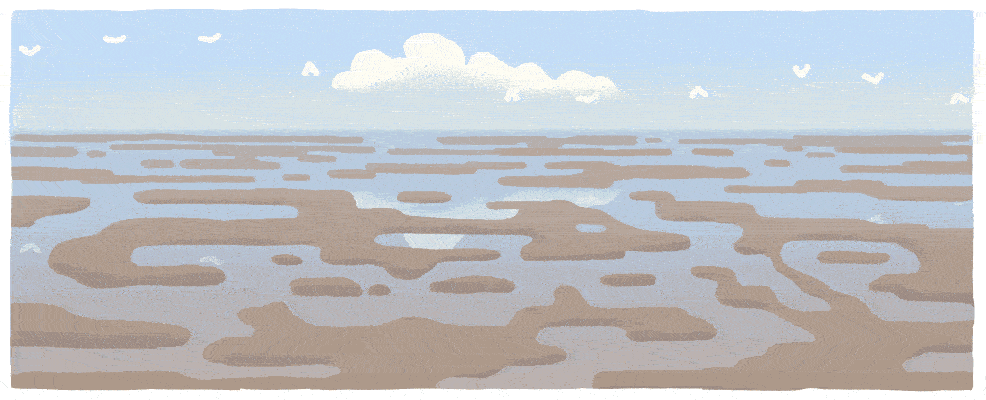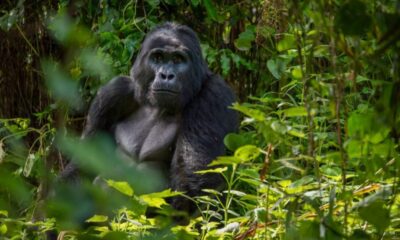Travel
Bwindi’s Gorilla Tourism: Saving Wildlife, Empowering Communities
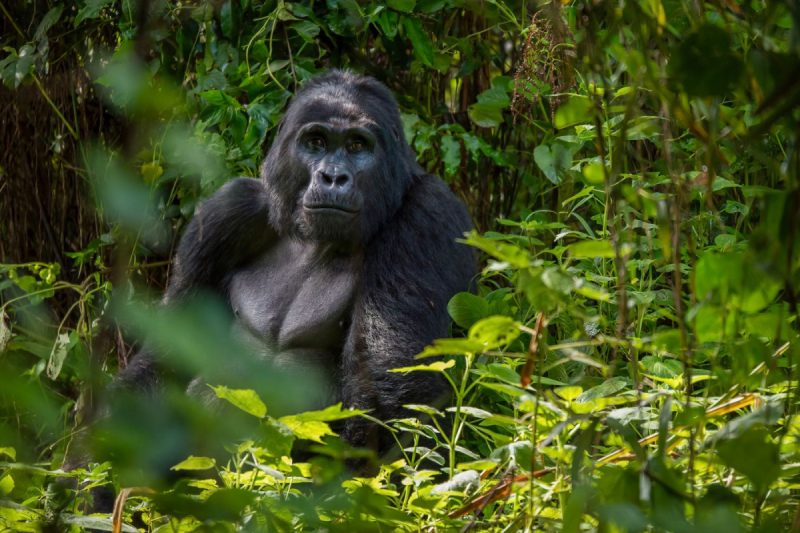
Deep in southwestern Uganda lies Bwindi Impenetrable National Park, a UNESCO World Heritage Site famous for its thick rainforest and its most prized residents — the mountain gorillas. This remote park is home to nearly half of the world’s remaining population of these great apes.
Getting to Bwindi isn’t easy. The park’s steep hills and rough terrain make travel challenging, but its isolation helps protect the gorillas and gives visitors a rare chance to see wildlife in its natural home. The growth of tourism here has not only boosted Uganda’s economy but has also played a key role in protecting these endangered animals.
From Poachers to Protectors
Years ago, many people living near Bwindi Impenetrable National Park survived through poaching and illegal hunting, activities that threatened the gorillas and other wildlife. But tourism has changed that story.
With more visitors coming for gorilla trekking, the local economy has grown. Communities now earn income through tourism-related jobs and small businesses. Many former poachers have been trained as rangers and guides, turning their skills toward protecting the animals they once hunted.
The Uganda Wildlife Authority (UWA) and conservation partners have worked closely with local people, showing them that protecting wildlife brings more benefits than destroying it. This shift has made community participation a cornerstone of Bwindi’s conservation success.
How Gorilla Tourism Helps Local Communities
Gorilla trekking is Uganda’s biggest wildlife attraction. Every visitor must buy a trekking permit, which costs around $800. While this may seem expensive, part of this fee goes directly to local projects such as schools, healthcare, and clean water systems.
The revenue-sharing program ensures that people living near the park benefit from conservation. Roads have improved, new schools have been built, and more families have access to medical care. This connection between tourism and community development has made locals strong supporters of gorilla protection.
Sustainable Tourism in Action
To protect the gorillas and their fragile forest home, strict rules guide all trekking activities. Tourists must stay at least seven meters away from the gorillas, avoid flash photography, and follow specific instructions from guides.
Only a small number of people are allowed to visit each gorilla family daily. This helps reduce stress on the animals and minimizes environmental impact. These measures make gorilla trekking a more intimate and responsible experience.
Such sustainable tourism practices help keep the balance between wildlife protection and economic gain. They ensure that future generations will also be able to see these incredible animals in the wild.
The Growing Demand for Gorilla Trekking
Gorilla trekking in Uganda has become one of Africa’s top wildlife experiences. Most visitors come from abroad, but more Ugandans are also starting to explore their own natural heritage.
The rising number of tourists has made it necessary to limit daily trekking permits to protect the gorillas’ habitat. The UWA has also encouraged visitors to explore other parks, such as Mgahinga Gorilla National Park, to spread tourism benefits and ease pressure on Bwindi.
The Challenges Still Faced
Even with these successes, gorilla conservation still faces threats. Disease transmission from humans remains one of the biggest dangers. Gorillas can easily catch human illnesses, especially respiratory infections. That’s why trekkers undergo health checks before visiting, and anyone who is sick is not allowed to enter the park.
Climate change and habitat loss also pose long-term risks. Changing weather patterns could affect the gorillas’ food sources and forest conditions. Conservation groups and the UWA are now working on ways to adapt to these challenges and safeguard the gorillas’ future.
A Model for Conservation
Bwindi’s story shows how tourism, when managed responsibly, can protect wildlife and uplift communities. The partnership between local people, conservation groups, and government agencies has turned this once-endangered landscape into a model of success.
Gorilla tourism doesn’t just bring visitors face-to-face with one of the world’s rarest animals — it also brings hope. Each permit sold supports education, healthcare, and the protection of Uganda’s natural treasures.
Today, Bwindi Impenetrable National Park stands as a living example of how nature and people can thrive together. It proves that when communities benefit from conservation, they become its strongest defenders.
-

 Lifestyle4 weeks ago
Lifestyle4 weeks agoBob Gerace Discusses Coaching Themes: Confession, Reconciliation, Communication, Intimacy, and Fatherhood
-

 Education3 weeks ago
Education3 weeks agoAn Exclusive Interview With Holly Gold: The Heart and Vision Behind The Little Schools
-

 Travel3 weeks ago
Travel3 weeks ago8000 Voices, One Vibe — Ludhiana Sang Every Word with Talwiinder at Bangr Arena
-

 Science4 weeks ago
Science4 weeks agoThings to Know about the Orionid Meteor Shower 2025, When and How to Watch
-

 Business3 weeks ago
Business3 weeks agoCorporate Event Catering in Manchester: What Businesses Need to Know (and why Manchester sets the bar)
-
Tech3 weeks ago
Harrington Quality Management System (HQMS): Flagship Platform of Harrington Group International
-

 Business3 weeks ago
Business3 weeks agoCorporate Christmas Gifting Makes a Big Comeback
-

 Apps2 weeks ago
Apps2 weeks agoCanva Launches AI-Powered Design Model and New Creative Features



